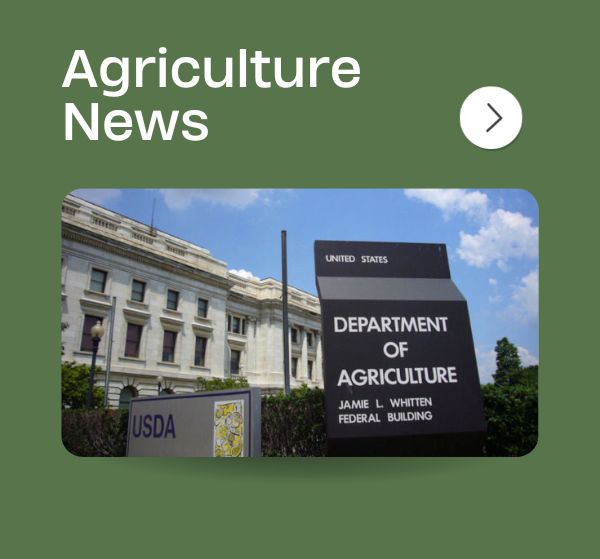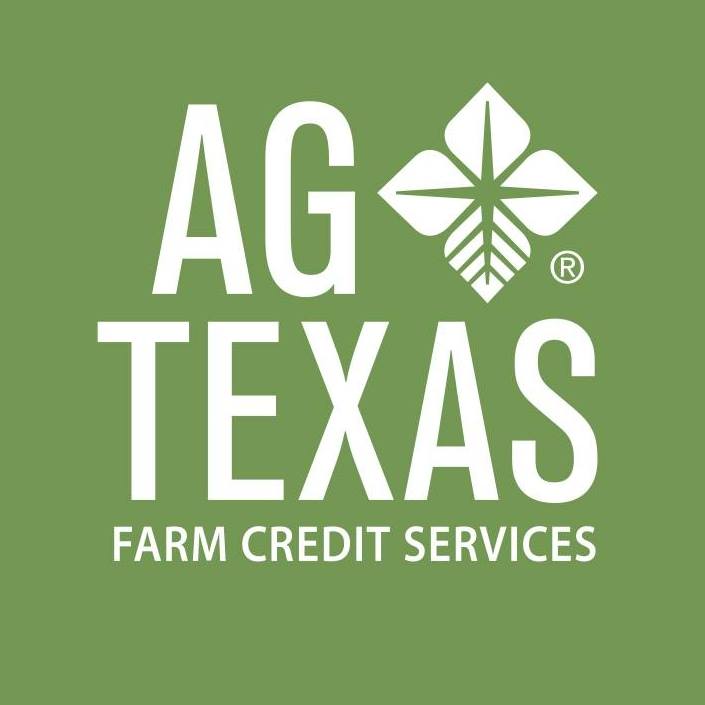This article was originally sourced from the Crop Insurance Professionals Association Inc,.
USDA this week released details on the Emergency Relief Program (ERP) for 2022. This announcement comes 10 months after funding was initially signed into law in the 2022 Consolidated Appropriations Act.
Congress provided roughly $3.2 billion to address natural disasters that occurred during the 2022 calendar year for crop losses and an additional $470 million for livestock losses which has already been programmed.
USDA elected to follow a two-track system similar to the previous ERP phases for 2020 and 2021 but with some serious and harmful deviations. Track 1 will utilize existing crop insurance data to send pre-filled applications to eligible producers, just as Phase I had done in the previous program. Track 2 will attempt to utilize Schedule F tax records to provide assistance on a revenue-based approach, akin to the approach under Phase II in the prior program.
However, again, there are some major, harmful departures from previous disaster programs that are deeply concerning.
USDA has established a “progressive” payment factor to fit total payments within budget that will severely restrict assistance to full time farm and ranch families. This “progressive” factor cuts deepest on those who faced the largest losses. Customarily, when a factor is required to fit payments within budget, one uniform factor is applied. But in this case the factor looks more like a payment limitation rewarding smaller losses and punishing larger losses.
For example, a farmer with a calculated loss of $100,000 in 2020 would have received $75,000, plus a refund of some portion of the crop insurance premium paid for the farm so as not to punish producers for buying insurance. For 2022, the same farmer with a $100,000 calculated loss will receive $11,250 after applying the progressive factor and the limitations on premium refunds.
Although called by another name, this is a backdoor pay limit that violates the intent of Congress and the plain letter of the law. Congress explicitly required the ERP for 2022 to employ the same payment limitations as the previous program.
Additionally, USDA has restricted the crop insurance premium reimbursement from the previous ERP to only those producers who qualify as “underserved”. This, too, violates the intent of Congress and the plain letter of the law. Congress required the ERP for 2022 to net out premiums paid just as the prior program had done.
USDA has also made Track 2 under the new ERP increasingly more difficult for producers to navigate. This, too, violates Congressional intent and the plain meaning of the statute which imposed the same streamlining requirements on the ERP 2022 program as had been required for 2020 and 2021.
Please see the one-pager below for details on how payments will be calculated for ERP under Track 1 and Track 2 as well as links to USDA fact sheets for each track.

From the CIPA:
“Please also know that we are exploring all avenues to correct this flagrant violation of the law and the harm that it will do to U.S. farm and ranch families. We are carefully examining both legislative and legal action.
Don’t hesitate to reach out if there are any questions, comments, or concerns. Again, we are continuing to work with Congress and others to explore avenues to rectify the serious injury that would be inflicted by USDA’s current unprecedented approach.”

Credit to https://www.cipatoday.com/





